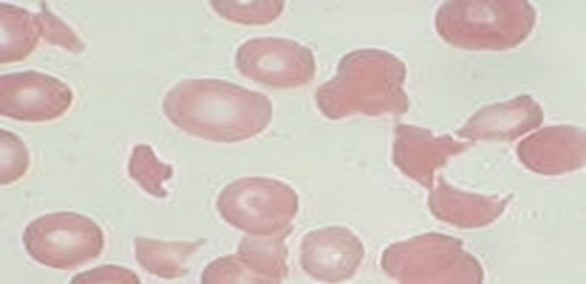Diagnosis and Treatment of Thrombotic Thrombocytopenic Purpura
Abstract
Thrombotic thrombocytopenic purpura (TTP) is a rare clinical emergency that is characterized by features of microangiopathic hemolytic anemia and thrombocytopenia. The availability of effective therapy with therapeutic plasma exchange has decreased the mortality rate from 90 % to approximately 20%. The historical pentad of clinical features once thought to be needed to make the diagnosis include fever, anemia, renal failure, neurological findings and thrombocytopenia. Currently, clinical diagnosis is made by existence of thrombocytopenia and microangiopathic hemolytic anemia unexplained by other causes. The variety of clinical presentations and the lack of specific laboratory diagnostic criteria make the diagnosis of TTP highly dependent on a high index of clinical suspicion and can be easily missed. Early recognition and appropriate treatment with plasma exchange in clinical settings is very important and is frequently life saving. Current knowledge in the etiopathogenesis, epidemiology, trends in the diagnosis and treatment are reviewed herein.

Downloads
Published
How to Cite
Issue
Section
License
Copyright (c) 2023 Research Journal of Health Sciences

This work is licensed under a Creative Commons Attribution-NonCommercial-NoDerivatives 4.0 International License.
Research Journal of Health Sciences journal is a peer reviewed, Open Access journal. The Journal subscribed to terms and conditions of Open Access publication. Articles are distributed under the terms of Creative Commons License (CC BY-NC-ND 4.0). (http://creativecommons.org/licences/by-nc-nd/4.0). All articles are made freely accessible for everyone to read, download, copy and distribute as long as appropriate credit is given and the new creations are licensed under the identical terms.

